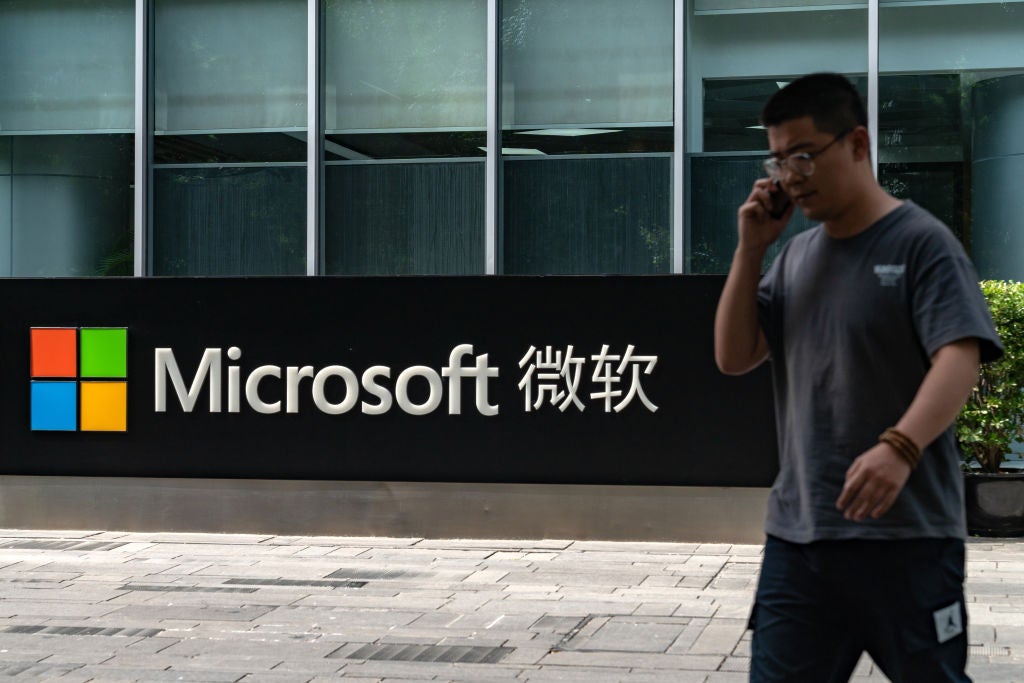Netskope has filed a patent for a cloud-based multi-tenant system that enables policy-driven locality route and traffic management. The system includes multiple routes distributed across domains to deliver services to end user devices. Each route is characterized by locality and residency, and is specified for different policies. An application on an end user device can request a policy, and the corresponding route is returned for communication with a cloud service based on the policy. GlobalData’s report on Netskope gives a 360-degree view of the company including its patenting strategy. Buy the report here.
According to GlobalData’s company profile on Netskope, Quantum key distribution was a key innovation area identified from patents. Netskope's grant share as of September 2023 was 59%. Grant share is based on the ratio of number of grants to total number of patents.
Cloud-based multi-tenant system for policy-driven route and traffic management
A recently filed patent (Publication Number: US20230318963A1) describes a cloud-based multi-tenant system for policy-driven locality route and traffic management. The system consists of multiple routes that deliver services to end user devices, with each route characterized by locality and residency. These routes are distributed across different domains and terminate with cloud services across the Internet. The domains separate subsets of end user devices for different tenants, and the routes are specified based on various policies.
The system includes an application running on an end user device that requests a policy from the available options. These policies control the residency for the cloud services and routes, and a corresponding route is returned based on the chosen policy. Communication between the application and the cloud service is then performed according to the policy.
The patent also mentions that traffic maps store performance information, while route maps store addresses and residency details for each link of the route. Additionally, the traffic maps specify bandwidth, latency, reliability, and other performance characteristics for each link.
The policy specified in the system can determine the residency for running the cloud service, allowing enterprises to specify their performance preferences through policy selection. The plurality of routes in the system can be dynamically configured based on performance, route, and residency, ensuring efficient traffic management.
The patent also describes a method for policy-driven locality management and switching of routes in cloud-based multi-tenant systems. This method involves determining routes through the system, distributing them to end user devices in different domains, and receiving policy selection from the application. The method then returns a route corresponding to the policy and facilitates communication between the application and the cloud service based on the policy.
Overall, this patent presents a cloud-based multi-tenant system and method that enables policy-driven locality route and traffic management. The system allows for efficient delivery of services to end user devices while considering factors such as locality, residency, and performance preferences specified by enterprises. The dynamic configuration of routes based on policies ensures optimal traffic management within the system.
To know more about GlobalData’s detailed insights on Netskope, buy the report here.
Premium Insights
From

The gold standard of business intelligence.
Blending expert knowledge with cutting-edge technology, GlobalData’s unrivalled proprietary data will enable you to decode what’s happening in your market. You can make better informed decisions and gain a future-proof advantage over your competitors.






